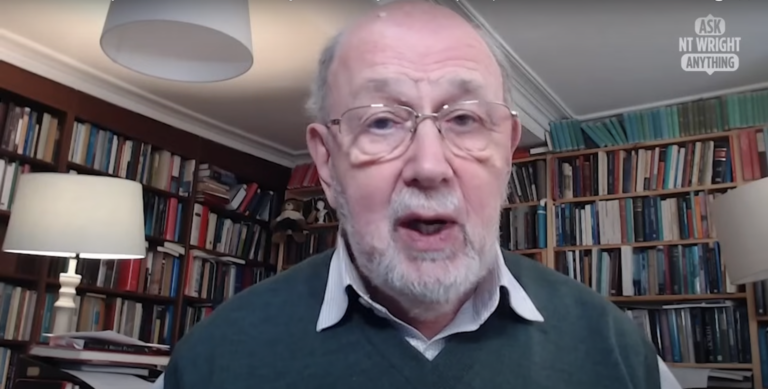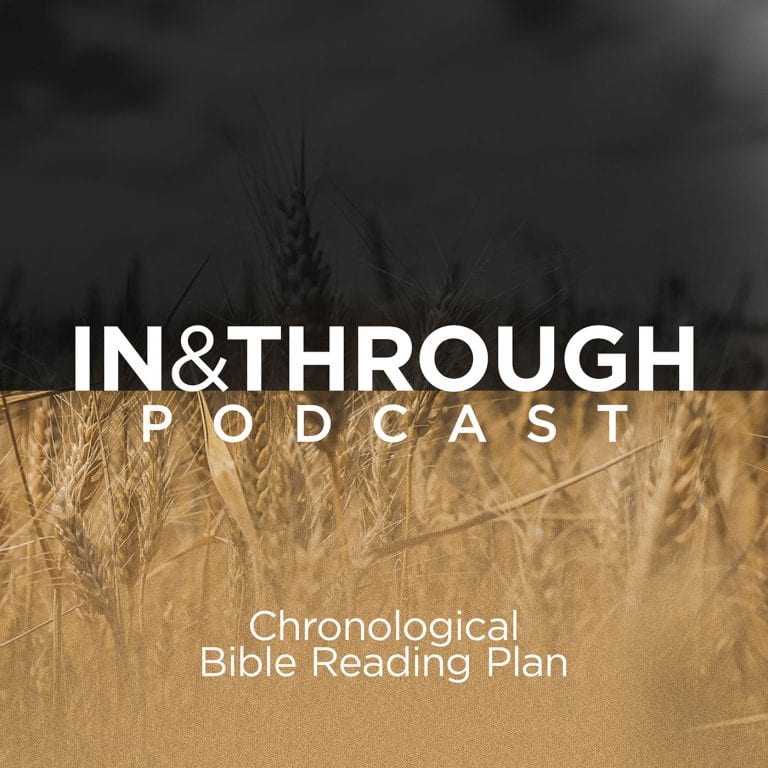Learning the craft of writing church history involves learning a number of different, but related skills: chronological humility, self-awareness of various interpretative horizons, a close attention to tradition and thus a listening ear, a fascination with people and a delight in asking questions, a devotion to the Lord of history and his people, to name a few.
Being aware of horizons
Consider the awareness of horizons: this is a basic skill that needs to be taught from the outset and to which one must return again and again. There is the horizon of the historical fact/event/person/text—the historical context in which the subject under study happened. This context has a seemingly inexhaustible richness: it involves the political and socio-economic context as well as the cultural and religious milieu and the personal environment (the most difficult to probe).
There is the horizon of interpretation in which that fact/event/person/text has been transmitted to the present. And then there is the horizon of the observer, his or her political and socio-economic context and cultural and religious milieu as well as personal experience.
All of this means that the craft of being a Church historian takes time to master and is a craft that really involves a sodality of historians, both academic and independent, who can help one another understand and relate the past.
Interpreting Dissent’s heroic age
Case in point: the persecution of English Dissent between 1660 and 1688, a period about which I have done an enormous amount of thinking and writing. In popular Evangelical memory, it is an heroic era with a cast of larger-than-life characters, men like John Bunyan and John Owen, both of whom suffered in this era for their religious convictions.
Given the fact I am a Reformed Evangelical, who traces his roots back to Baptists like Bunyan (albeit I actually have more theological links to his contemporary and theological interlocutor William Kiffen), my reading of this period tends to be instinctively empathic. But that cannot blind me to the fact—recently brought to print with some brilliance by Crawford Gribben in his ground-breaking biography of John Owen[1]—that a number of the Restoration Puritans, including Owen, were closely linked to cabals plotting the overthrow of the monarchy and the assassination of Charles I and his brother James, the Duke of York.
In other words, the brutality of state persecution in these three decades was not divorced from legitimate fears the government had regarding the terrorist threat of some quarters of Dissent. And after all, Owen had served as the chaplain of the arch-nemesis of the monarchy, Oliver Cromwell, who had soundly defeated the Royalist cause in the British Civil Wars (1638–1651). It was Owen who had coined that remarkable phrase, “Where is the God of Marston Moor and Naseby?”—the Battles of Marston Moor (1644) and Nasbey (1645) being two of Oliver Cromwell’s great military victories—to encourage one’s soul in times of gloom and despair.[2]
Of course, while a good number of the Puritans had approved the use of violence in that armed conflict, others were much more circumspect. Abraham Cheare, the pastor of the Particular Baptist cause in Plymouth, was not involved in the fighting at all, but he suffered for his Puritan convictions in what has been called the Great Persecution of 1660 to 1688, and actually died in prison on Drake’s Island in Plymouth Sound in 1668.[3]
Is this that?
Not without reason, this era has been remembered as the ‘heroic age’ of English Dissent. But given the historical context of religious violence and plotting of this period, we need to be cautious before we regard that era as having a one-to-one analogy with our own with regard to the matter of persecution.
[1] Crawford Gribben, John Owen and English Puritanism: Experiences of Defeat (Oxford University Press, 2017).
[2] James Moffatt, The Golden Book of John Owen (Hodder & Stoughton, 1904), 112.
[3] See Brian L. Hanson with Michael A.G. Haykin, Waiting on the Spirit of Promise: The Life and Theology of Suffering of Abraham Cheare (Eugene, OR: Pickwick Publications, 2014).
























